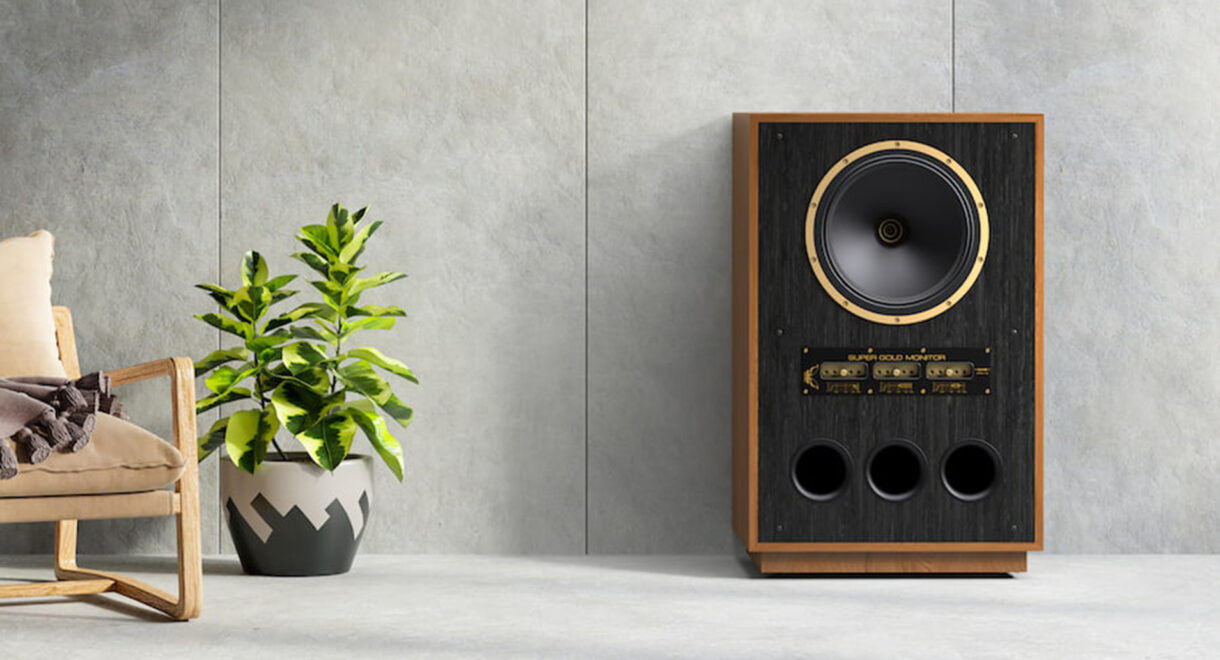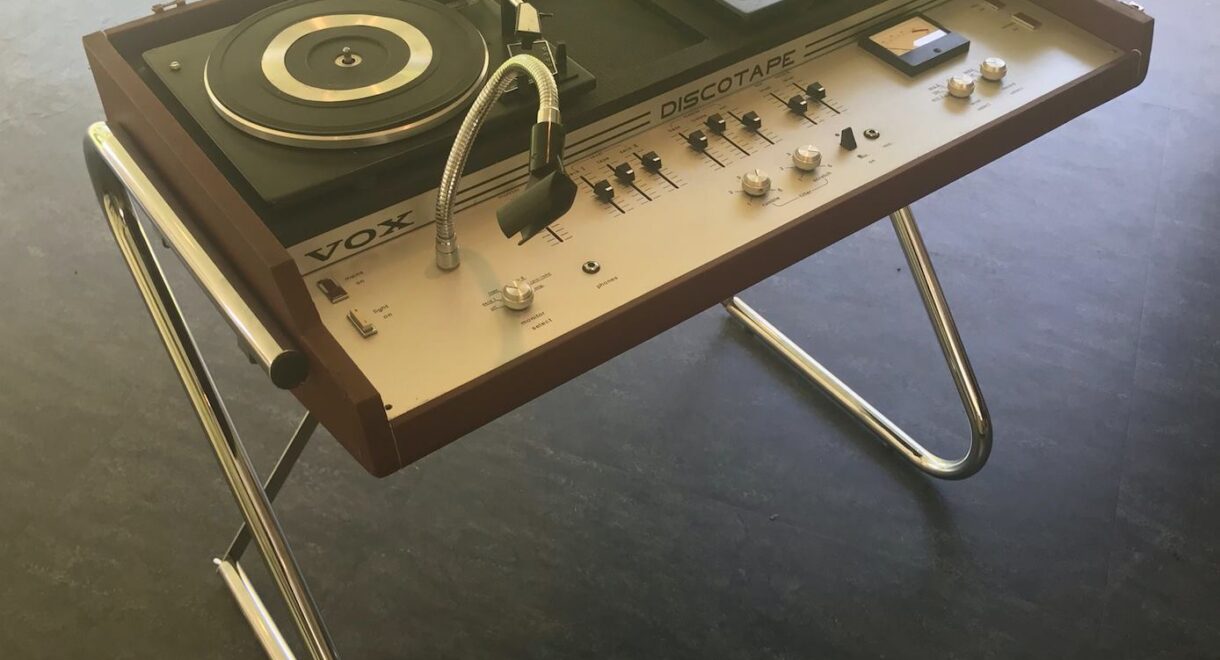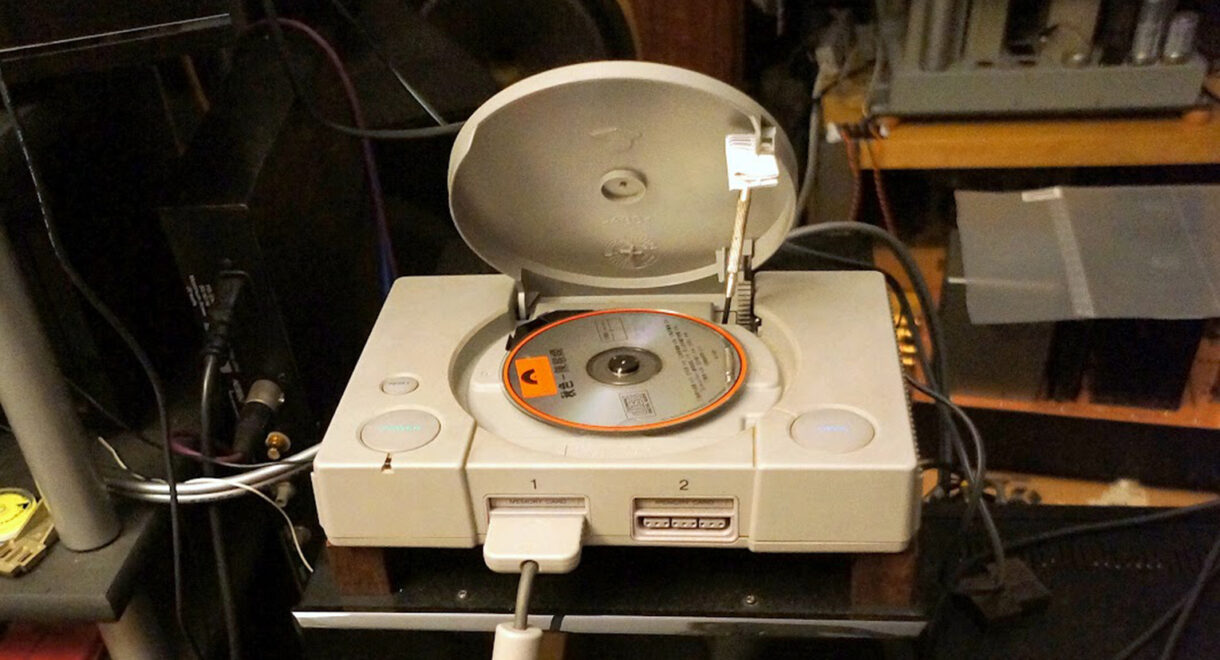Transparent clarity, deep bass, and “Invisible Sound” from German audio company ADS. Background: One of the lesser known hi-fi brands of the ’70s, ADS (Analog and Digital Systems) […]
JBL Paragon Speaker System: A Mid-Century Wooden Masterwork
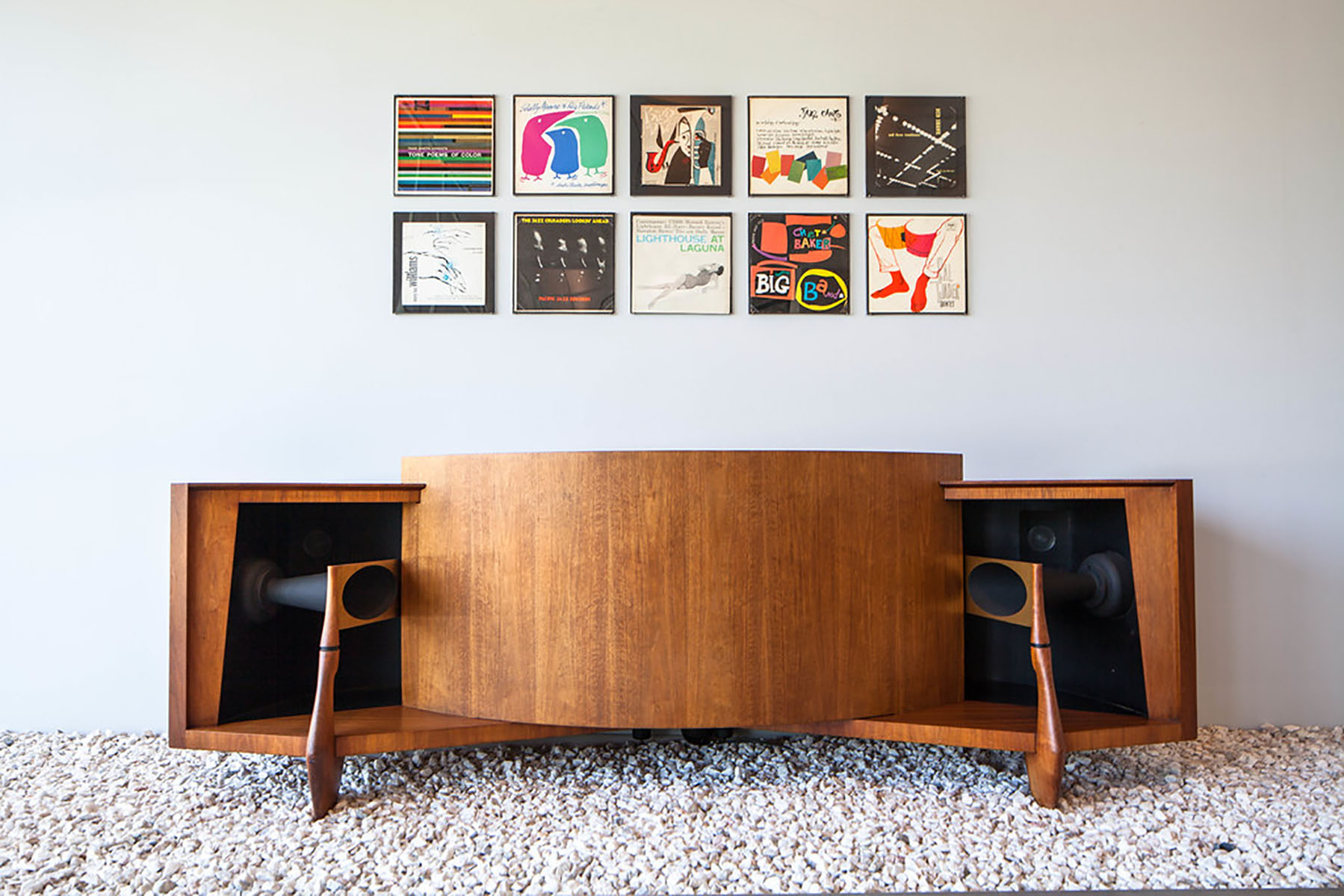
Art, mid-century furniture design, and stereo system all in one…
One of the most iconic speakers ever made, the JBL-Ranger Paragon Integrated Stereophonic Reproductor was the first mass-produced stereo loudspeaker for home use. Art, mid-century furniture design, and stereo system all in one, the landmark product was released in 1957 and featured a horn-loaded, three-way stereo loudspeaker system housed in a single unified wooden cabinet. The Paragon was in production until 1983, and there hasn’t been anything quite like it on the market since. It remains the longest run of any of JBL’s speakers.
Background:
One early issue in the development of stereophonic sound was addressing that the stereo image — the direction sound travels in the room — only provided a single auditory sweet spot. The Paragon successfully mitigated this through a unique design principle developed by industrial designer Arnold Wolf and electrical engineer Richard Ranger, an Academy Award winner and pioneering innovator in motion picture sound technology.
The Paragon’s unique acoustic structure includes a curved panel that intersects the propagation paths of the mid-frequency horns mounted at each side of the cabinet. By reflecting the sound on the wooden surface, called the “curved radial refraction channel integrator panel,” the speaker system would produce an unusually consistent wavefront and balanced stereo effect no matter where the listener was situated. The perfect speaker for hosting a party, the state-of-the-art stereo technology would allow for it to feel like you had an orchestra playing inside your home!
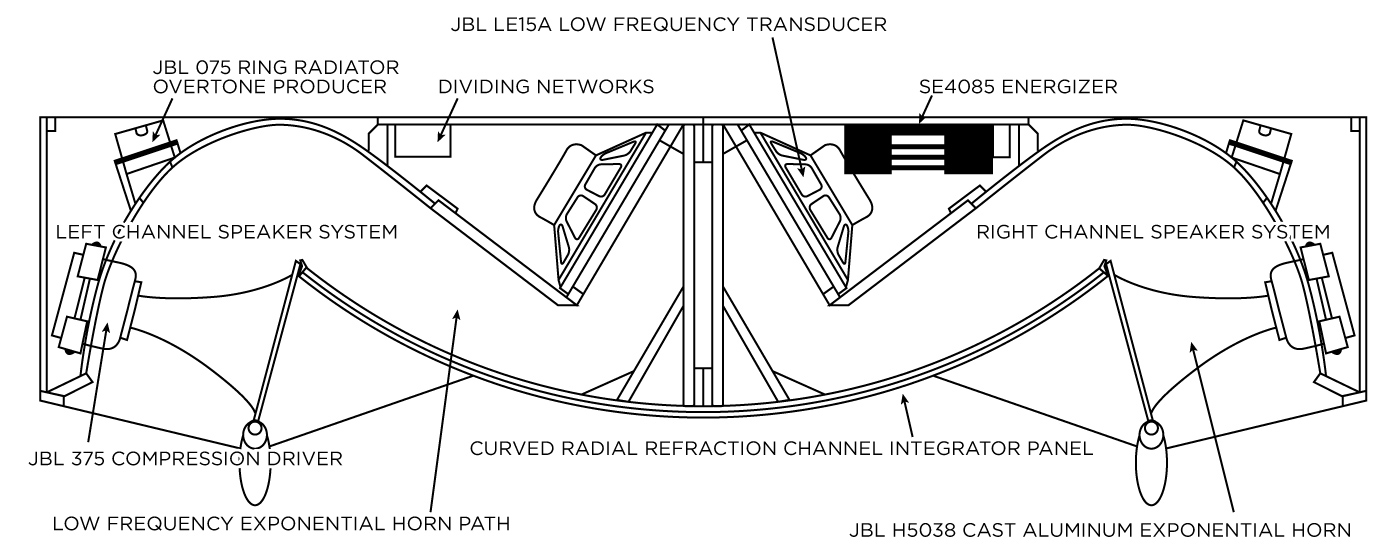
While groundbreaking at the time, the Paragon’s single cabinet system lost out to the clearly more convenient two-channel monaural speaker approach. In fact, one of the issues with the original Paragon design was that it needed to be readily knocked down into three separate parts – the left and right channel enclosures and the curved radiator panel – to simplify packaging for shipment and reduce transportation costs.
Regardless, the Paragon was a landmark product in the development of home speaker systems and its craftsmanship is still celebrated today. Speaker companies continue to develop modern solutions to address the single sweet spot issue including, most recently, Syng with their Cell Alpha Triphonic Speaker.
Construction/Size:
One of the unique appeals of the Paragon was that it looked very much like another piece of furniture in your living room. Measuring 106 × 33.75 × 24.5 inches (8.8 x 2.8 x 2 ft), and weighing in at 850 pounds (390 kg), the speaker is comparable in size and shape to your typical credenza and fit right in with gently curved, wooden mid-century furniture designs popular at the time.

Further, each Paragon speaker console was a unique work of art. The systems were entirely handmade and supposedly required 112 man-hours to complete a single system. Up until the system was discontinued, there was a devoted manufacturing space set aside at the JBL plant just for the Paragon. At its peak, Paragons were produced at the rate of five per week. The Paragon was available in numerous finishes that included teak, rosewood, birch, mahogany, walnut, oak, antique white, ebony, and custom special finishes.
The original configuration of the Paragon consisted of two 150-4C bass drivers mounted in separate, front-loaded horns. Two 375 compression drivers were mounted to H5038P-100 elliptical horns and each was aimed at one side of the curved panel. Two 075 ring radiators were mounted in the back of the cabinet and aimed at the center listening position. The drivers were crossed over at 500hz and 7000hz.
Sound:
We haven’t had the chance to hear the JBL Paragon in person, but from what we gather, the speaker has a very distinctive sound “signature” due to its single cabinet curved refraction design. The Paragon is capable of filling up a room in a uniquely powerful way that could be somewhat be compared (not in sound, but effect) to how Klipschorns fill out a room unlike any other speaker. Interesting to note, the sound is supposedly smoother the further away you are from the speaker and can sound a bit strange at close distances.
Here’s one review that summarizes the +/- quite well:
“A JBL Paragon can fill the room with sound in an overwhelming way, without you needing a huge amplifier. What’s more, everyone can join in, as you don’t have to sit in the good chair to get stereo. It does have limitations in the bass. And depth perception – that is, the experience of being able to place instruments in a three-dimensional space behind the speaker – is not present to any significant degree. Here, modern speakers are far more accurate.”
Price:
At the time of its release, the JBL Paragon was the most expensive speaker in the world. Starting at $1,830, which, adjusted for inflation, equates to over $15,000 today, the speaker costs about the price of a car and was more or less intended “for movie stars and executives.” It’s still highly sought after today. One in decent shape goes for about $30,000… For the price, you can easily get a much better sounding modern or vintage speaker, but the Paragon is a beautiful architectural statement and remains one of the most impressive speakers you can place in a room.

In Sheep’s Clothing is powered by its patrons. Become a supporter today and get access to exclusive playlists, events, merch, and vinyl via our Patreon page. Thank you for your continued support.





